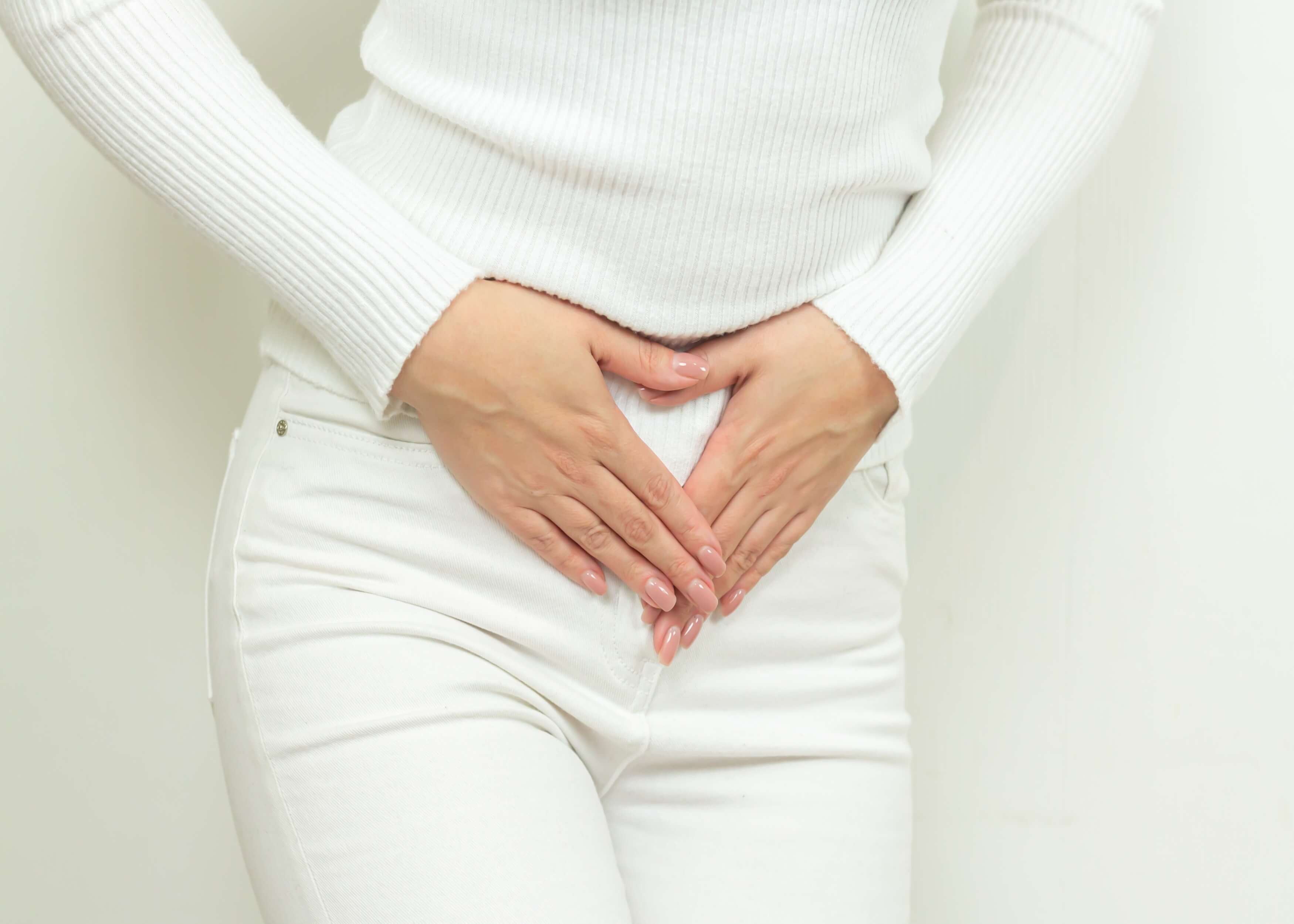PATIENT INFORMATION
Bladder Retraining
Kidneys and bladder function:
- Kidneys filter your blood to remove urine (waste and excess water) 💧
- Urine travels to your bladder which ‘inflates’ like a balloon to store it temporarily (located in front of the rectum, and the womb and vagina in females) 🎈
- When the bladder is half-full, it sends signals to your brain, telling it that you will need to urinate soon 🧠
- Your brain sends signals to the bladder to continue storing the urine until you go to the toilet 🚽
- Your bladder continues filling, increasing the pressure inside the bladder which increases the urge to urinate 💧
- The bladder muscles contract as you urinate, squeezing the urine down the urethra ⬇
- The Sphincter muscles (surrounding the urethra and pelvic floor muscles) relax as you pass urine (they are normally contracted to prevent leaking)
 An average person urinates approximately 4 to 7 times a day ⏱
An average person urinates approximately 4 to 7 times a day ⏱
 An average bladder has capacity to hold 400-600ml of urine 💧
An average bladder has capacity to hold 400-600ml of urine 💧

Urinary incontinence:
 The inability to control your bladder when urinating is called ‘urinary incontinence’
The inability to control your bladder when urinating is called ‘urinary incontinence’
 It can be subdivided into the 2 most prevalent types:
It can be subdivided into the 2 most prevalent types:
 Urge incontinence/overactive bladder: sudden urge to urinate which can result in leaking 💧
Urge incontinence/overactive bladder: sudden urge to urinate which can result in leaking 💧
 Stress incontinence: leaking in the absence of the urge to urinate e.g. when exercising/laughing/sneezing etc. (pelvic floor exercises can help with this) 💧
Stress incontinence: leaking in the absence of the urge to urinate e.g. when exercising/laughing/sneezing etc. (pelvic floor exercises can help with this) 💧
Causes of urge incontinence:
 Signals that the bladder is full are sent from bladder to brain prematurely 🧠
Signals that the bladder is full are sent from bladder to brain prematurely 🧠
 Bladder overrides signals from brain to continue storing urine, resulting in leaking 💧
Bladder overrides signals from brain to continue storing urine, resulting in leaking 💧
 Bladder not filling to full capacity means you urinate more frequently ⌛
Bladder not filling to full capacity means you urinate more frequently ⌛
 Bladder gets used gets used to more frequent urination and so becomes overactive
Bladder gets used gets used to more frequent urination and so becomes overactive
 Getting older causes pelvic floor muscle weakening which causes bladder overactivity
Getting older causes pelvic floor muscle weakening which causes bladder overactivity
Bladder retraining:
 Going to the toilet more frequently due to urgency causes the bladder to shrink and become overactive 🚽
Going to the toilet more frequently due to urgency causes the bladder to shrink and become overactive 🚽
 Bladder retraining gradually reduces overactivity of the bladder, by training it to hold more urine 💧
Bladder retraining gradually reduces overactivity of the bladder, by training it to hold more urine 💧
 Aim is to urinate just 6 to 8 times per day
Aim is to urinate just 6 to 8 times per day
 You should slowly start to increase the length of time between urination to achieve this goal ⏱
You should slowly start to increase the length of time between urination to achieve this goal ⏱
Useful Tips:
 Instead of going to the toilet immediately when you feel the urge to urinate, sit still until the urge is gone, trying to hold on as long as you can (this will get easier over time) 🚽
Instead of going to the toilet immediately when you feel the urge to urinate, sit still until the urge is gone, trying to hold on as long as you can (this will get easier over time) 🚽
 Pelvic floor exercises can improve your ability to hold urine in 💧
Pelvic floor exercises can improve your ability to hold urine in 💧
 Do not go to the toilet ‘just in case’, only if you need to 🚽
Do not go to the toilet ‘just in case’, only if you need to 🚽
 Find effective methods to distract yourself from your bladder
Find effective methods to distract yourself from your bladder
 Try techniques to delay urination such as standing on your tiptoes, sitting on a hard surface, crossing your legs or clenching your fists 👊
Try techniques to delay urination such as standing on your tiptoes, sitting on a hard surface, crossing your legs or clenching your fists 👊
 Do NOT reduce your fluid intake to reduce urination (7 to 8 cups of fluid is recommended), but reduce caffeine intake as reduces your ability to ‘hold on’ to urine. Concentrated urine can cause urinary tract infections 💧
Do NOT reduce your fluid intake to reduce urination (7 to 8 cups of fluid is recommended), but reduce caffeine intake as reduces your ability to ‘hold on’ to urine. Concentrated urine can cause urinary tract infections 💧
Quick Summary:
- Urinary incontinence can be divided into urge incontinence, and stress incontinence
- There are a number of possible causes of incontinence
- Bladder retraining techniques such as increasing the time between urination, pelvic floor exercises and distracting yourself from your bladder can help













